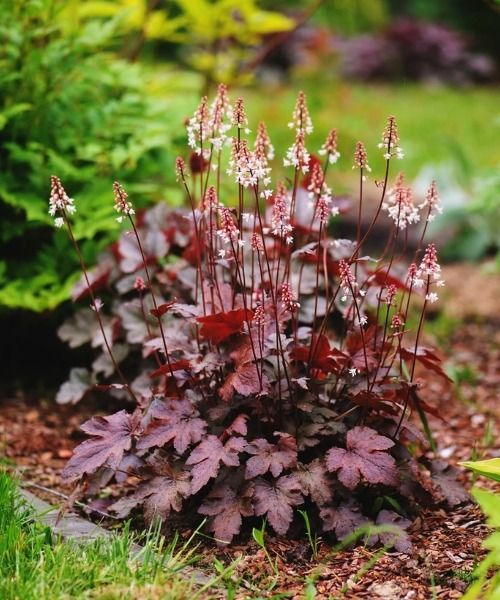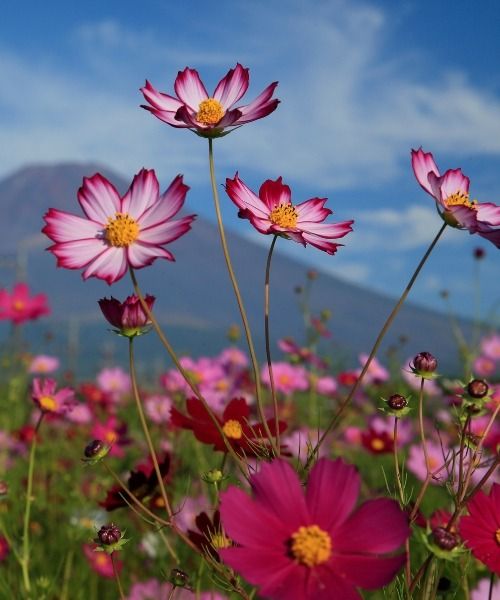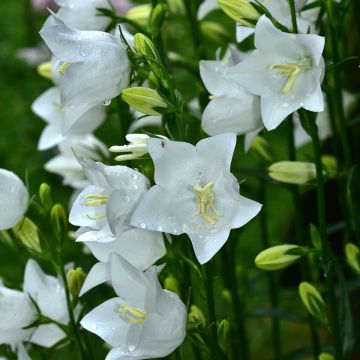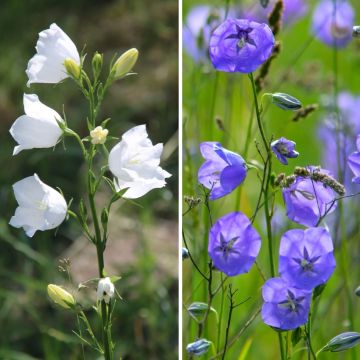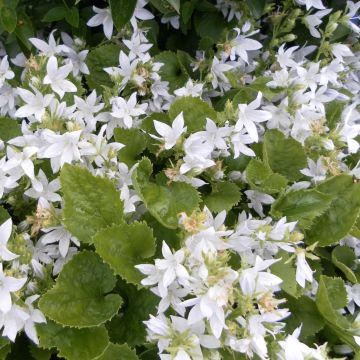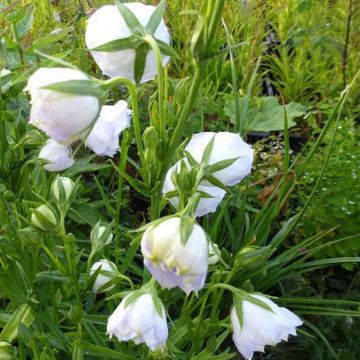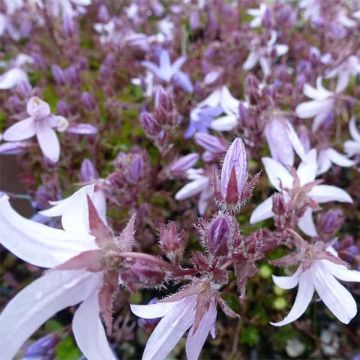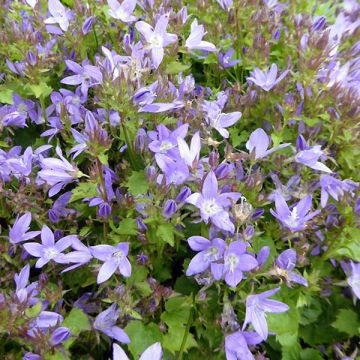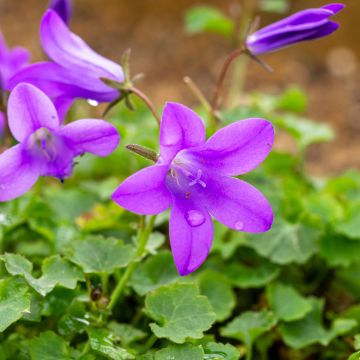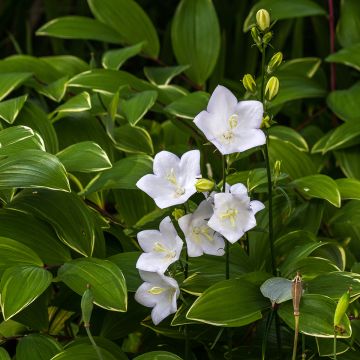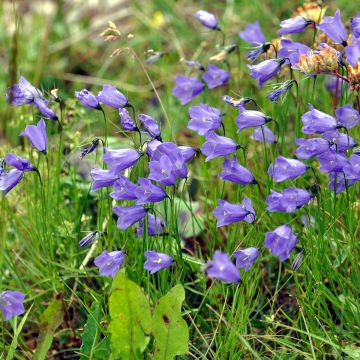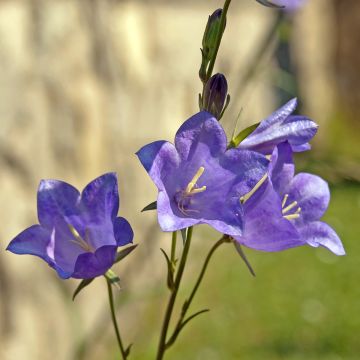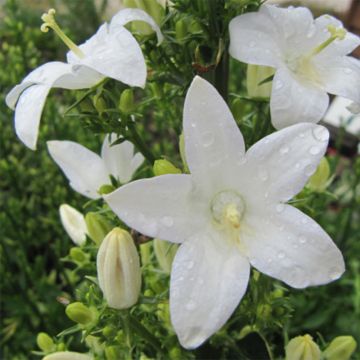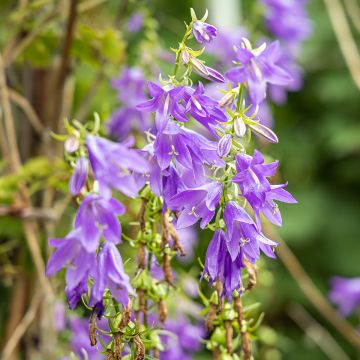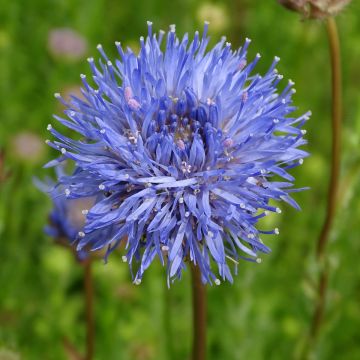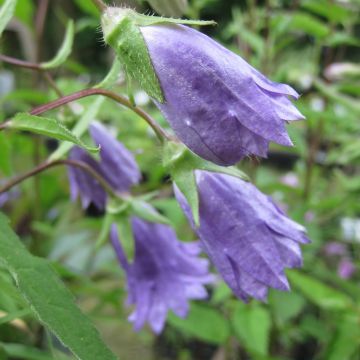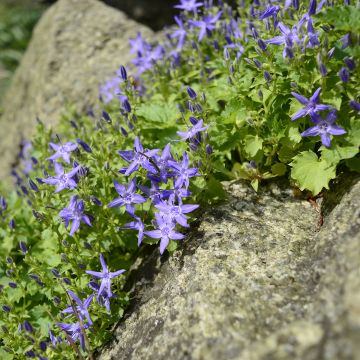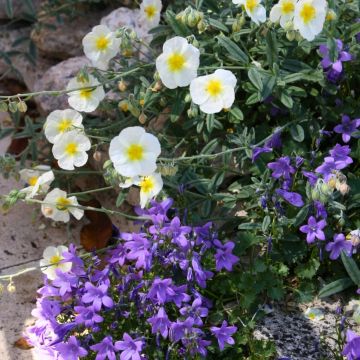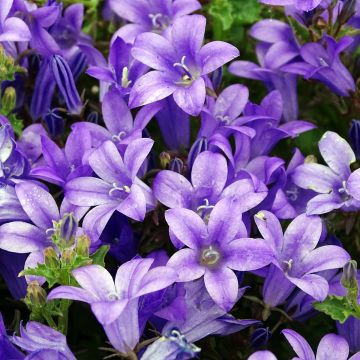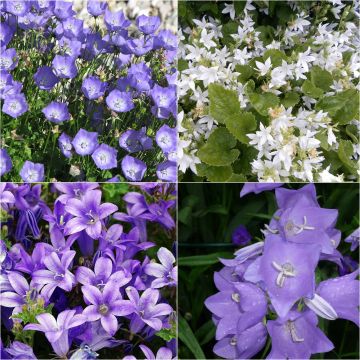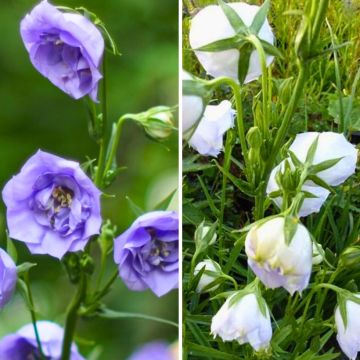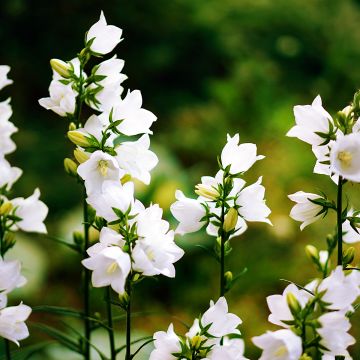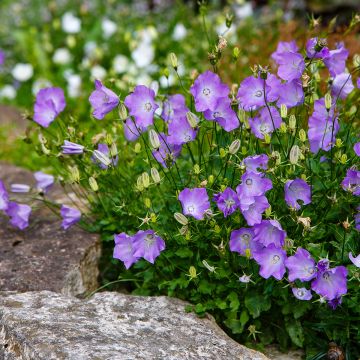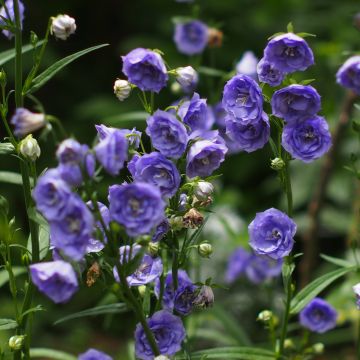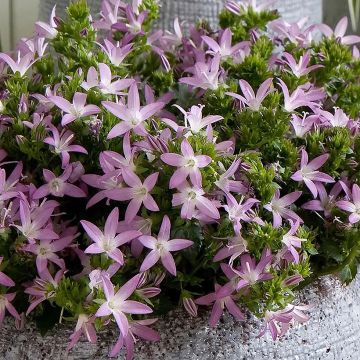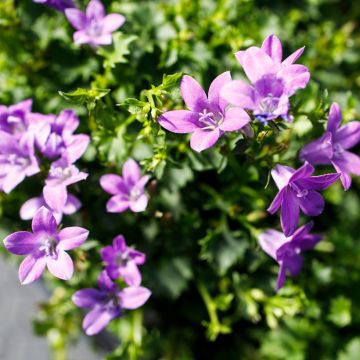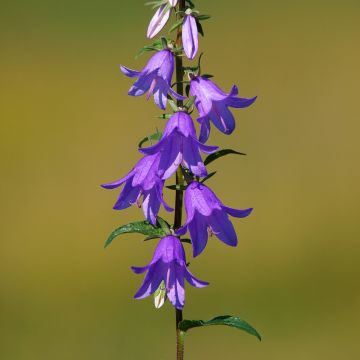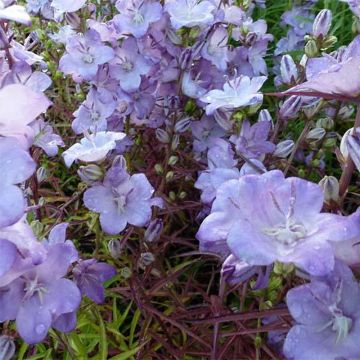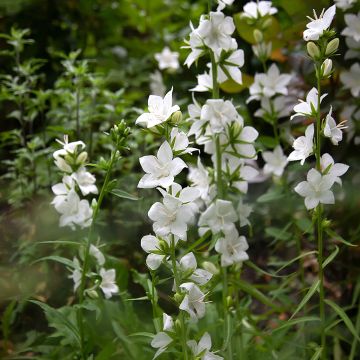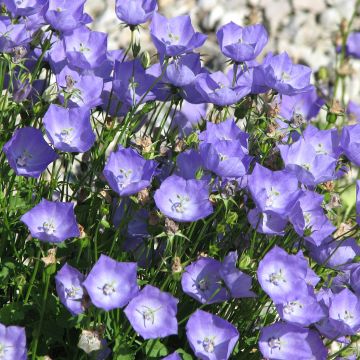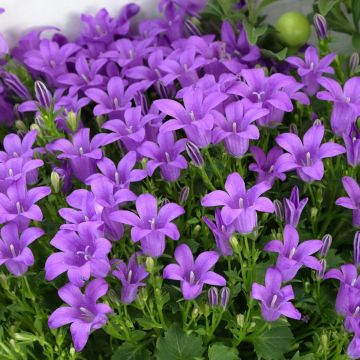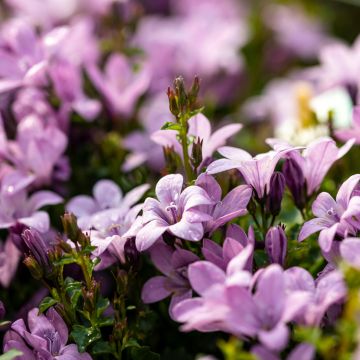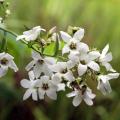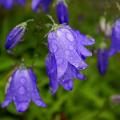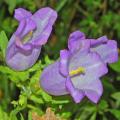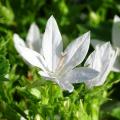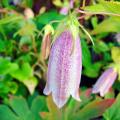Campanula for dry soil
Does this plant fit my garden? Set up your Plantfit profile →
Available in 2 sizes
Available in 1 sizes
Available in 1 sizes
Available in 1 sizes
Available in 2 sizes
Available in 1 sizes
Available in 1 sizes
Available in 1 sizes
Available in 1 sizes
Available in 2 sizes
Available in 2 sizes
Available in 2 sizes
Available in 1 sizes
Available in 2 sizes
Available in 1 sizes
Available in 1 sizes
Available in 1 sizes
Available in 1 sizes
Available in 3 sizes
Available in 1 sizes
Available in 1 sizes
Available in 1 sizes
Available in 1 sizes
Available in 1 sizes
Available in 1 sizes
Available in 1 sizes
Available in 1 sizes
Available in 1 sizes
Available in 1 sizes
Available in 1 sizes
Available in 1 sizes
Available in 1 sizes
Available in 1 sizes
Available in 1 sizes
Available in 1 sizes
A selection of Campanulas adapted to dry soils, which are more water-efficient. Among the many varieties of campanula perennials that are planted in gardens, the species that grow around the Mediterranean are naturally more frugal. The carpet bellflowers and the wall bellflower (Campanula portenschliagana, C. poscharskyana) are rockery plants that thrive in well-drained soil and can tolerate dry conditions that are not too arid. The pyramidal bellflower (C. pyramidalis), very tall and spectacular, self-seeds in the cracks of rocks. The peach-leaved bellflower (C. persicifolia) is very accommodating in partial shade and in slightly deep soil. Campanula garganica which forms a modest evergreen cushion and C. rotundifolia, low and wide with round leaves, which is covered in small but abundant flowers, are also very tolerant. All these wild bellflowers have given rise to varieties with white, pink, blue, mauve or violet flowers for variety.
Haven't found what you were looking for?

































